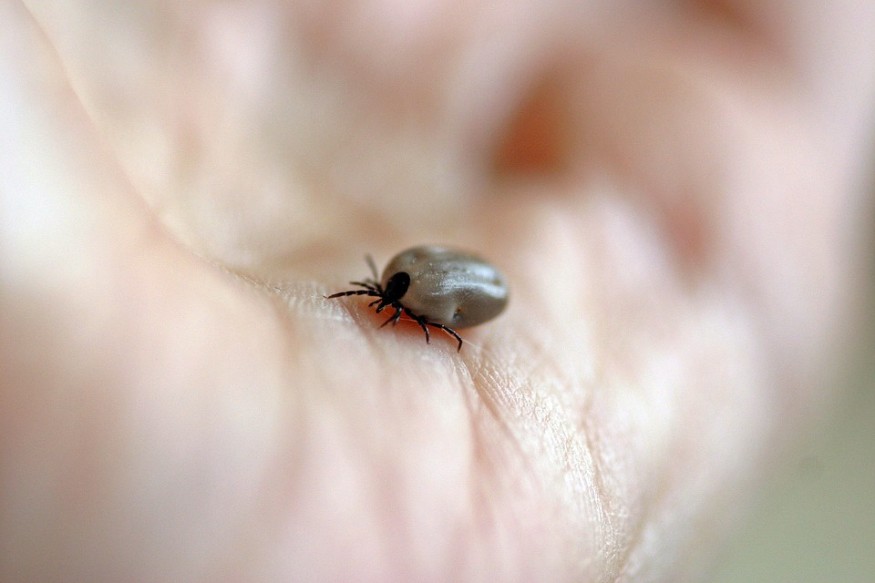
Ticks that carry an infectious disease and can harm the brain has been identified in the United Kingdom, according to health officials.
Public Health England reported that there are some confirmed cases of ticks carrying tick-borne encephalitis (TBE) virus in Thetford Forest, and an area on the Hampshire-Dorset border. They are still assessing how bad the situation could be.
The virus has been circulating in mainland Europe, in the Scandinaviain region, and in Asia. It is still unknown how the virus entered the UK, but researchers believe the infected ticks may have hitched a ride on migratory birds.
Tick-borne Encephalitis
The tick-bore encephalitis (TBE) virus usually infects ticks and either takes on transstadial (from early stage to their final stage) or transgenerational (from infected female to its egg) transmission. The ticks do not feel ill even if they acquired this virus, but they serve as a vector to spread TBE to other animals, primarily small rodents. Humans are just accidental host.
Humans in rural areas have higher risk, especially during the highest period of tick activity, which falls from April to November. They can also get it by drinking milk from infected cows or goats. As of now, there is still no known case of human-to-human transmission, other than mother-to-fetus.
The incubation period lasts between seven to 14 days. On its first phase, flu symptoms like fever, nausea, and muscle ache, will be experienced. Then, around the 8th day, the patient will enter the second phase and experience symptoms of central nervous system illnesses like sensory disturbance and paralysis.
The disease can be fatal but generally, the mortality rate is pretty low, with one to two percent on the first phase, and five to 20 percent on severe cases.
Precautionary measures
The tick population is increasing across multiple parts of the UK, primarily because they dwell on deer, which are also increasing in number.
Nick Phin, a doctor from Public Health England, reminded everyone to take precautionary measures against tick bites, especially when they will be walking on grassy areas like forests. This includes covering your skin with long socks or pants. Tucking it is also suggested, and so using insect repellent on your pathway.
Ticks can sometimes live in vegetation areas while waiting for a host like animals or humans to climb into. Then, they nourish themselves from the blood of their hosts.
When you get bitten, remove the tick using a fine-tipped tweezers or a specialized tool used by doctors. Then, disinfect the bite with antiseptic or with soap and running water.
Although the risk for TBE is low, ticks may also induce other diseases like Lyme disease.
Lyme disease is a condition where a patient will experience flu-like symptoms and red rashes that have an appearance similar to bull's eye. Although it is curable, there are rare instances where it becomes a chronic disease. Even after the patients get cured, they will continue experiencing symptoms like muscle pain, fatigue, and short-term memory loss. This is called "post-Lyme disease syndrome" and a theory claimed that it is an auto-immune disease.
© 2025 NatureWorldNews.com All rights reserved. Do not reproduce without permission.





